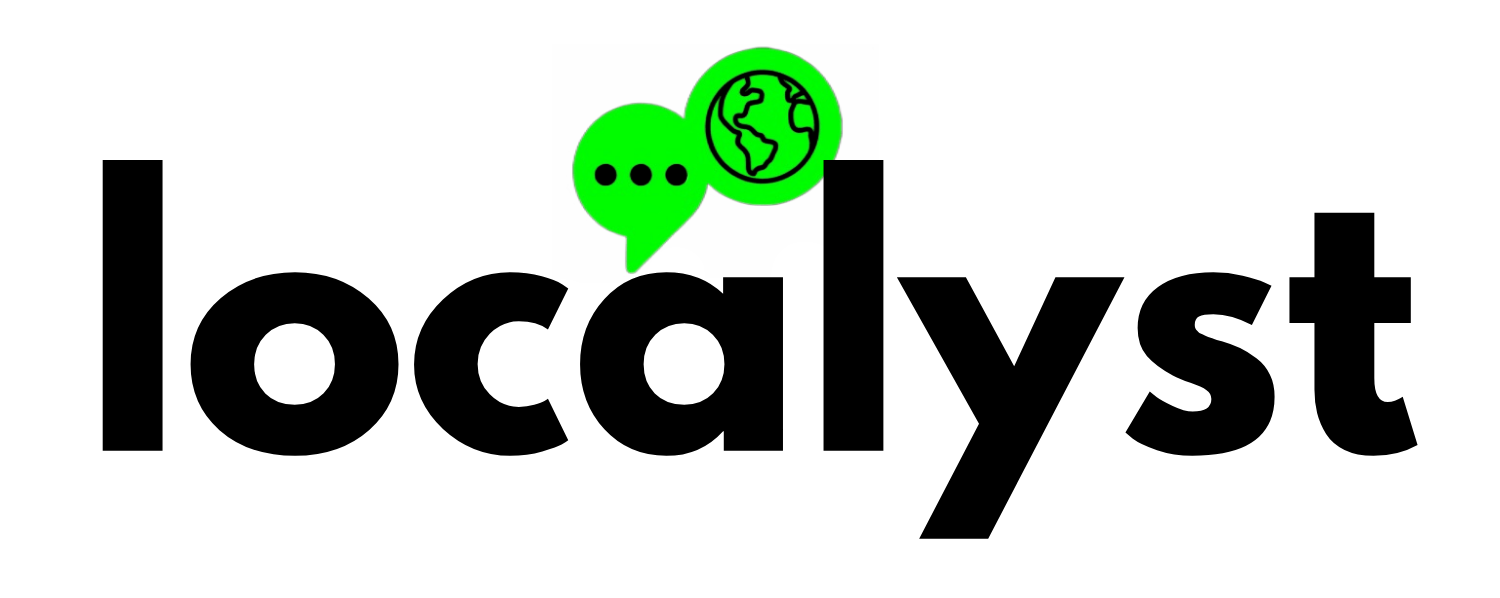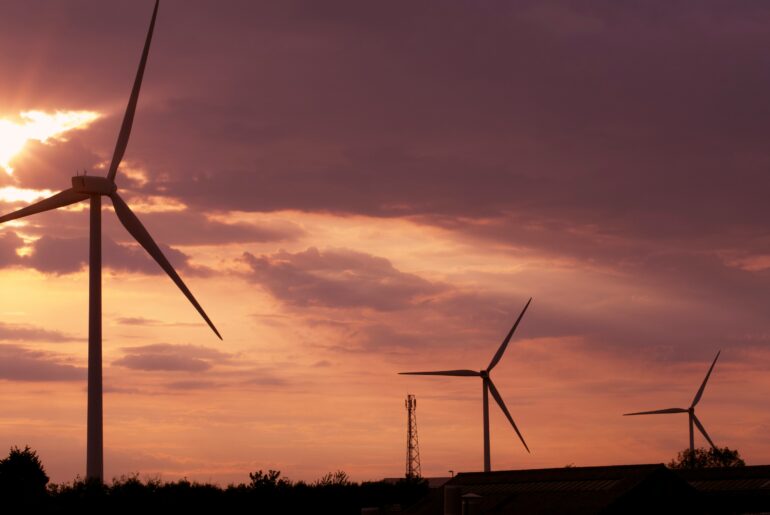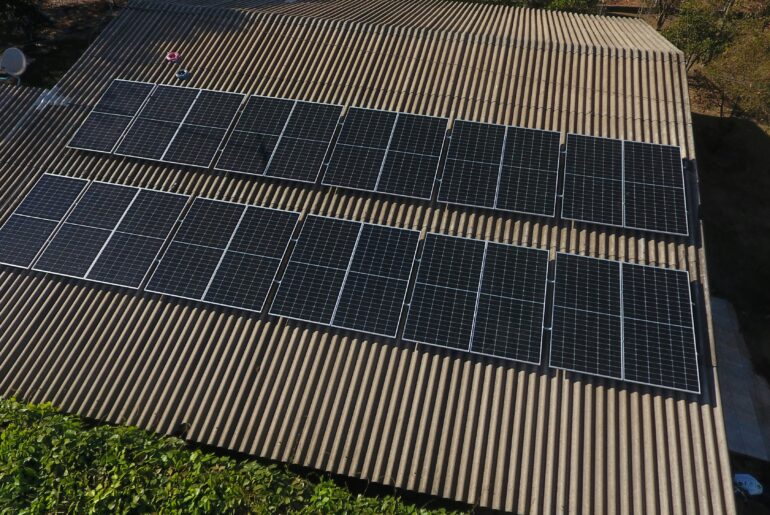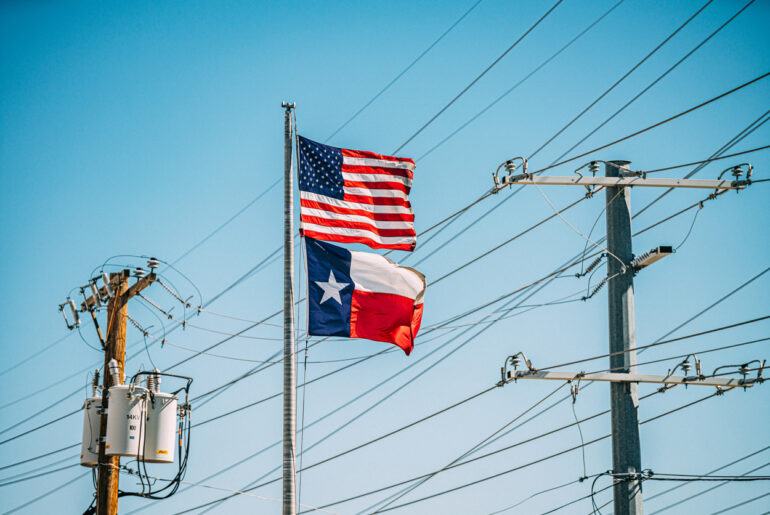Cartersville, GA – Imagine a future where communities across the U.S. are powered by clean, renewable energy—solar panels on every rooftop, energy bills reduced, and new local jobs flourishing. This isn’t just a dream anymore –– it’s becoming a reality in Georgia, where one of the most significant solar manufacturing projects in the country is taking root.
This change isn’t only good for the environment, but also for local economies, creating high-quality jobs and opportunities. The centerpiece of this shift is the Qcells solar plant in Cartersville, Georgia—a facility that’s turning heads for its potential to reshape how we produce and consume energy.
The Future of Solar Manufacturing in America
The Department of Energy (DOE) recently made a bold move, offering a $1.45 billion loan to support the construction of this groundbreaking solar factory. This is no ordinary plant — it will be the “first fully integrated solar supply chain facility in the U.S.,” producing everything from thin ultra-pure silicon wafers called polysilicon ingots to finished solar panels under one roof.
This project marks a milestone in bringing solar production back to American soil, making sure that more solar panels used in the U.S. are made here at home rather than imported.
Polysilicon ingots are solid blocks of ultra-pure silicon that are melted down and shaped, which are later sliced into thin pieces called wafers. These wafers are used to make solar panels that turn sunlight into electricity.
But what makes this facility truly stand out is its sheer size and ambition. Once fully up and running, the Cartersville plant will produce 3.3 gigawatts of solar panels each year, which is enough energy to power around 1.3 million homes annually.
To put that in perspective, that’s like supplying electricity to every home in cities the size of Dallas or Philadelphia. When combined with the output from Qcells’ existing facility in Dalton, Georgia, the company will generate a total of 8.4 gigawatts of solar energy. This could power more than 3.3 million homes, which is roughly equivalent to the energy needs of all the households in Chicago and Houston combined.
The impact on reducing carbon emissions will be significant, as this clean energy production helps replace the need for fossil fuels, making a real contribution to fighting climate change.
Powering Local Economies and Communities
While the environmental impact of this project is tremendous, its economic benefits are equally powerful. The construction phase of the Cartersville facility will create 1,200 jobs, with nearly 2,000 full-time positions available once the plant is up and running. The ripple effect is expected to generate an additional 6,800 indirect jobs in the region, boosting local businesses and providing new opportunities for nearby residents.
For communities in rural Georgia, where jobs can sometimes be scarce, this investment is transformative. It offers locals the chance to work in a cutting-edge industry that’s not only sustainable but also has long-term growth potential. From construction apprenticeships to permanent factory positions, this project is creating pathways for workers from all backgrounds to contribute to America’s clean energy future.
Bringing Solar Production Home
For years, the U.S. has relied on foreign imports for the vast majority of its solar equipment, with countries like China controlling over 80% of the global solar supply chain. This dependency has been a major hurdle for domestic solar production, as cheaper imports have flooded the market, undercutting American manufacturers. But that’s starting to change.
The Inflation Reduction Act (IRA), passed by the Biden administration, has created new incentives to build and buy American-made solar products. Companies like Qcells are now able to access tax credits for producing solar components domestically, which helps level the playing field against cheaper foreign imports. The Cartersville facility is a prime example of how these incentives are working to bring solar manufacturing back to the U.S., ensuring that we can produce a large portion of our energy needs domestically.
While global competition remains fierce, especially from Southeast Asian countries, U.S. manufacturers are fighting back with better support from the federal government. Increased tariffs on cheap imports and new investigations into trade violations have provided a buffer for American solar companies to grow without being drowned out by foreign competitors. This is critical for long-term energy independence and ensuring that the U.S. can meet its own energy demands.
A Clean Energy Future for All
The Cartersville plant is part of a broader push to make solar energy not only environmentally friendly but economically viable for everyone. By producing more solar panels domestically, we can drive down the cost of solar energy, making it affordable and accessible for rural and urban areas alike.
The ripple effect goes beyond just jobs and energy savings. By cutting 5 million tons of CO2 emissions per year, projects like the one in Cartersville are actively contributing to the fight against climate change, helping us meet national goals like achieving net-zero emissions by 2050.




